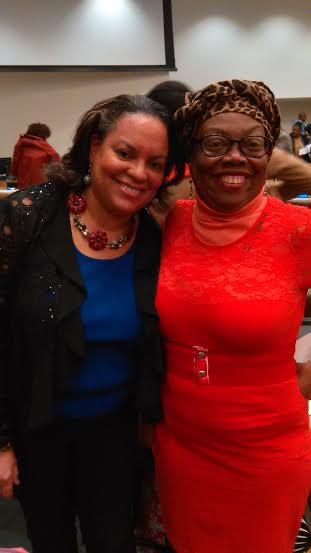Blood on the leaves and blood at the root,
Black body swinging in the Southern breeze,
Strange fruit hanging from the poplar trees.
Pastoral scene of the gallant South,
The bulging eyes and the twisted mouth,
Scent of magnolia sweet and fresh,
And the sudden smell of burning flesh!
Here is a fruit for the crows to pluck,
For the rain to gather, for the wind to suck,
For the sun to rot, for a tree to drop,
Here is a strange and bitter crop.
Lyrics of “Strange Fruit” recorded by Billie Holiday on April 20, 1939 at the Brunswick’s World Broadcasting Studios.
On April 20, 1939 just a few days after her 24th birthday (born April 7, 1915) Billie Holiday recorded “Strange Fruit” at the Brunswick’s World Broadcasting Studios. “Strange Fruit” was revolutionary in 1939 with its lyrics acknowledging the popular White pastime of lynching African Americans. The lynching of African American men, women and children (murdered with unspeakable brutality, often in a celebratory atmosphere) hanged on trees mostly in Southern states during the Reconstruction Era (1865 to 1877) and after was an epidemic. Lynching of African Americans was a pleasurable pastime for White people as evidenced by the innumerable postcards with crowds of proud, smiling/grinning White folks posing with their children under the hanging African American bodies, very pleased with what they had accomplished. This contributed to the “Great Migration” which was the fleeing of approximately 8 million African Americans from the rural Southern United States to the urban Northeast, Midwest and West between 1910 and 1970. In December 1939 one of the most racist movies “Gone With the Wind” was released to “critical acclaim.” “Gone With the Wind” embodied the blatant White supremacist culture of America during and following the Reconstruction Era. The movie glorified the White terrorist organization Ku Klux Klan and the lynching of African Americans in the same year that Holiday sang of the agonizing barbarity of “Strange Fruit.”
“Strange Fruit” is considered an early demand for Civil Rights and was recorded 16 years before Rosa Parks was arrested for breaking the White supremacist law in Montgomery, Alabama. The law at that time relegated African American passengers on public transit to the “Colored” section at the back of any bus and if the “White” section at the front of the bus was full then African Americans sitting in the “Colored” section were compelled to stand so that White passengers could sit. Rosa Parks was arrested for refusing to give up her seat in the “Colored” section of a Montgomery, Alabama bus on December 1, 1955.
On April 20, 1939 when Holiday recorded “Strange Fruit” it was 17 years after the Dyer Anti-Lynching Bill had been filibustered out of existence by members of the Democratic Party. The Dyer Anti-Lynching Bill was first introduced in 1918 by Representative Leonidas Carstarphen Dyer, a Republican from St. Louis, Missouri, in the United States House of Representatives as “H.R. 11279.” Anti-Lynching Bill was supposed to ensure punishment for lynching and mob violence. The Dyer Anti-Lynching Bill was re-introduced in subsequent sessions of Congress and passed by the U.S. House of Representatives on January 26, 1922, but it was not passed because of a Southern Democratic filibuster in the U.S. Senate. A 1939 poll found that 60 percent of White Southerners believed that lynching African Americans was acceptable. According to official records 3,833 African Americans were lynched between 1889 and 1940. Unofficially, the number was much higher; many instances of this barbaric White pastime were never reported. Not surprisingly Holiday was sometimes subjected to verbal and physical abuse by irate White nightclub patrons when she sang “Strange Fruit.”
White British music journalist Leonard Geoffrey Feather referred to "Strange Fruit" as "the first significant protest in words and music, the first unmuted cry against racism." Ahmet Ertegun the late Turkish businessman who was co-founder and president of Atlantic Records has been quoted referring to Strange Fruit as "a declaration of war… the beginning of the civil rights movement." In January 2003 “Q Magazine” a British music publication, named "Strange Fruit" one of 10 songs that changed the world. In 1999 Time magazine voted "Strange Fruit" the Best Song of the Century. The same Time magazine that 60 years before in 1939 had published a less than flattering article about Billie Holiday and “Strange Fruit.” In 1939 Time Magazine described “Strange Fruit” as "a prime piece of musical propaganda" for the National Association for the Advancement of Coloured People (NAACP.)















